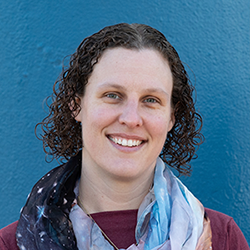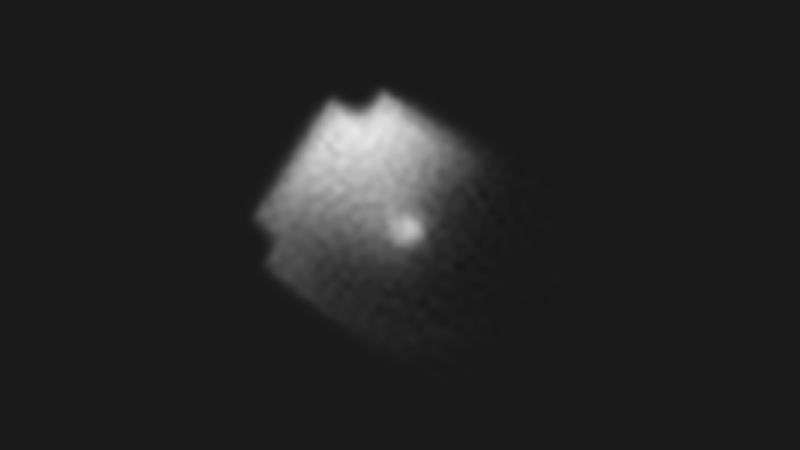SatHub
SatHub's vision is that satellite constellations and astronomy observations coexist with minimal and well-understood interference. Our mission is to bring together the astronomical and wider community to increase and disseminate scientific understanding of the impacts of satellite constellations on astronomy, identify ways they can be mitigated, and publicly share expertise and tools that enable this. We work towards this through collaborative discussions on our Slack channels to figure out productive ways forward.
Key Deliverables to date
- Multiple successful observation campaigns of constellation satellites and prototypes combining amateur and professional observers, resulting in peer reviewed publications.
- Release of SatChecker, a satellite pass prediction tool that allows users to query the position of specific satellites or predict satellite transits through a given field of view (this feature is in beta).
- Launch of the Satellite Constellation Observation Repository (SCORE), which enables observers to share their brightness data in a standardised format and provides the observations freely and openly (CC-BY license) to other observers, satellite operators, astronomers, and the general public.
SatHub conducts and supports strategic research into the impact that satellites have on astronomical observations. With constellations of tens of thousands of artificial satellites becoming a reality within a couple of years, issues of their brightness and unintended electro-magnetic radiation (UEMR) have become concerns of the astronomical community. SatHub collaborates worldwide on these topics though:
- Running observation campaigns focusing on new satellite constellations across the electromagnetic spectrum.
- Supporting research proposals worldwide with expertise and recommendations.
- Compiling papers published by SatHub members on these issues into a Zotero repository.
- Hosting a GitHub repository to share code and tools under free licences, promoting transparency and collaboration within the scientific community.
Join SatHub here
Contact the SatHub Leads: sathub@cps.iau.org
Hub Leads: Siegfried Eggl (University of Illinois), Mike Peel (Imperial College London), Meredith Rawls (University of Washington)



Case study: AST SpaceMobile Bluewalker 3 observations
BlueWalker 3 was launched into low Earth orbit on 10 September 2022 by AST SpaceMobile as a prototype for a planned constellation of over a hundred similar satellites intended for use in mobile communications. Observations made by members of the CPS shortly after launch showed the satellite was among the brightest objects in the sky with an apparent magnitude of 0.4. Scientists, including astronomers from the CPS, have been observing it ever since to understand its impact on astronomy.
After reaching out to AST SpaceMobile, CPS members published a paper in the journal Nature detailing the results of a 130-day observing campaign by professional and amateur astronomers, which showed how the satellite’s brightness changes over time.
They also observed the launch vehicle adapter attached to BlueWalker 3 decoupling from the satellite. This component reached magnitude 5.5, exceeding maximum brightness recommendations set out by the International Astronomical Union (IAU) to avoid the worst impacts of satellites on optical astronomy.
Such hardware is often left to drift for extended periods, and incomplete data on their orbits present further challenges for ground-based observatories trying to avoid them.
With companies intending to deploy more commercial satellites in the coming years, the results demonstrate the need for pre-launch impact assessments. Following the launch, and after feedback by the IAU, AST SpaceMobile confirmed that BlueWalker 3 was a prototype and it was working to address the concerns of astronomers through several measures.

An image of the 8 meter x 8 meter BlueWalker 3 satellite as seen from the ground. Credit: M. Tzukran
Links:
Contact
Share your feedback and content